In one of the most famous natural disasters in human history, Mount Vesuvius erupted in 79 AD, blanketing Pompeii in ash. The catastrophic event buried Pompeii and the surrounding area beneath a layer of ash, preserving many aspects of life for future archaeologists to uncover.
Today, photos from this archeological site show us how people lived during this time – from everyday activities such as having meals and going shopping to luxuriously decorated villas and enormous public spaces like theaters and arenas.
What Was Life Like In Pompeii?
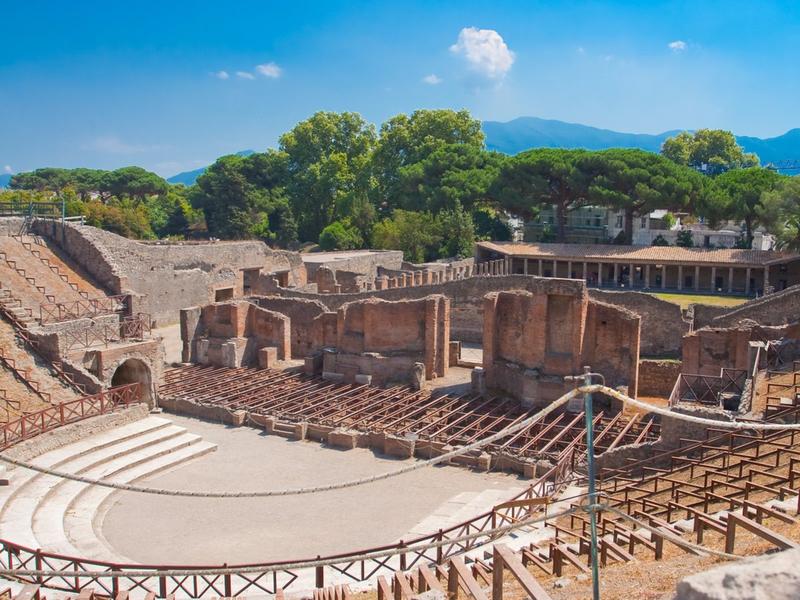
Pompeii was a lively city with cafes, restaurants like the Caupona Pherusa tavern, and even a 20,000-seat amphitheater older than the Colosseum in Rome.

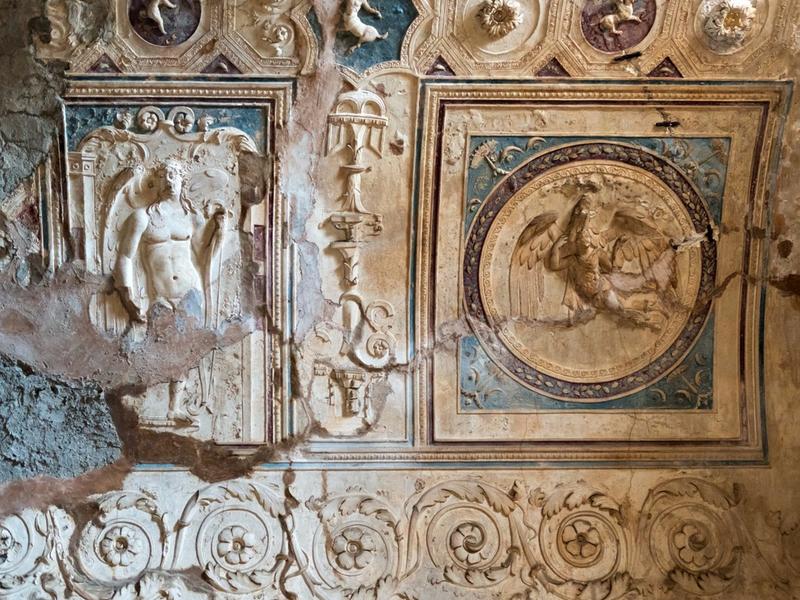
Pompeii was home to many elegant villas on wide paved roads. It was a vacation destination for both the rich and the poor, who would travel there to rest after a long year. Some villas have been restored and are open to visitors.
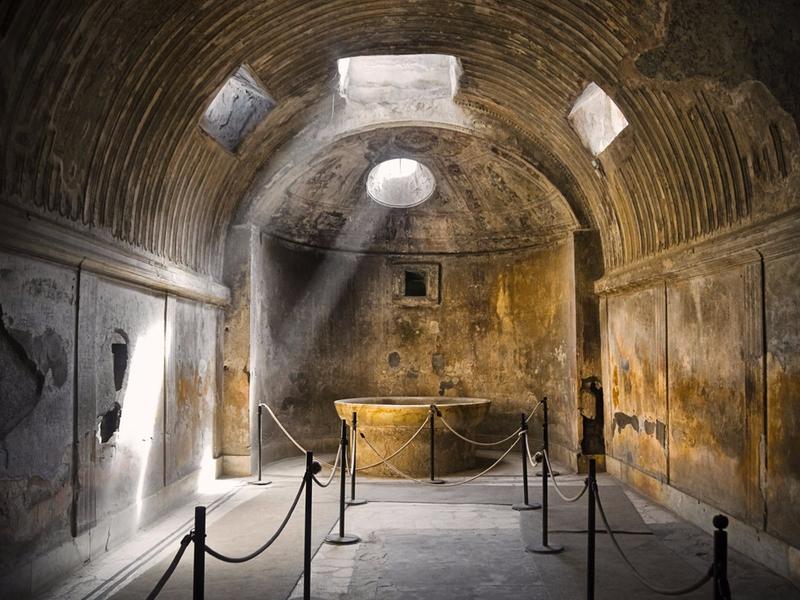
Pompeii had a complex water system, bathhouses, and a port. For the first few centuries, the city collected rainwater in giant underground cisterns.
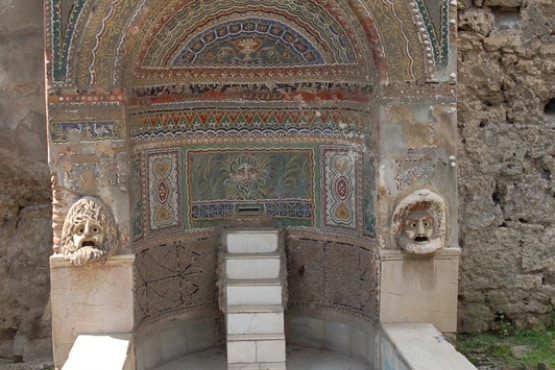
In the first century AD, Pompeii built its own aqueduct connecting to hills 40 km away. Water flowed into a large reservoir and then down through three pipelines under the pavement. Periodically, there were 6-meter tall towers with tanks on top that could distribute water into public fountains, shops, and homes.

Pompeii is designated as a UNESCO World Heritage Site that, under normal circumstances, gets 2.5 million visitors every year. You simply hop on a train from Naples, and you’ll be dropped off directly at its entrance. The area is massive, so one day may not be enough to see everything.
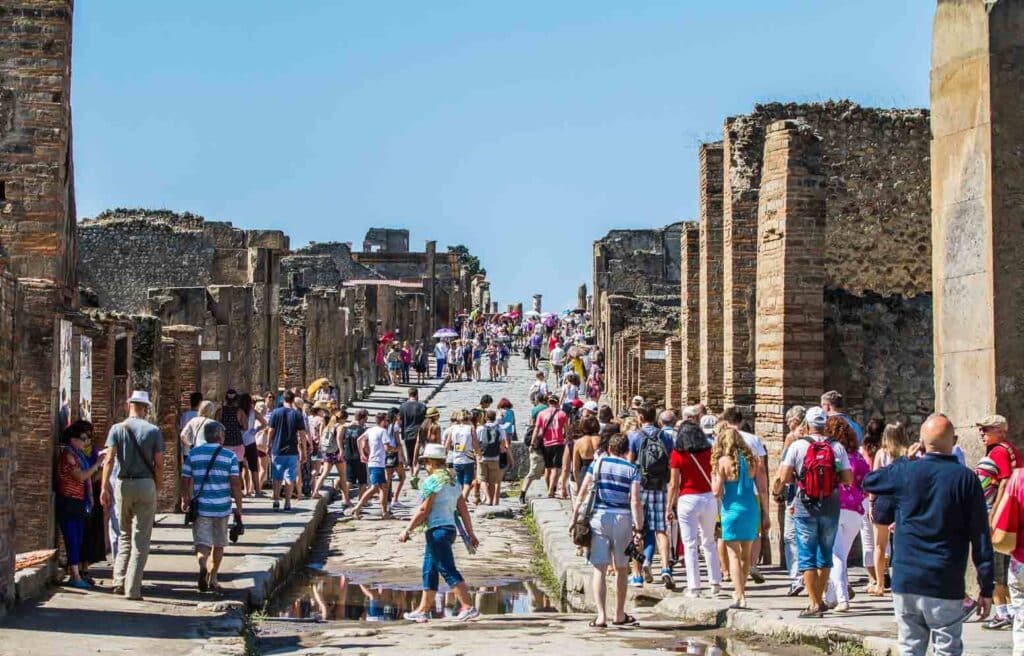
The number of tourists is becoming a problem for the site. Cruises are particularly an issue as tourists walk the same paths, wearing down the site.
The Destruction of Pompeii
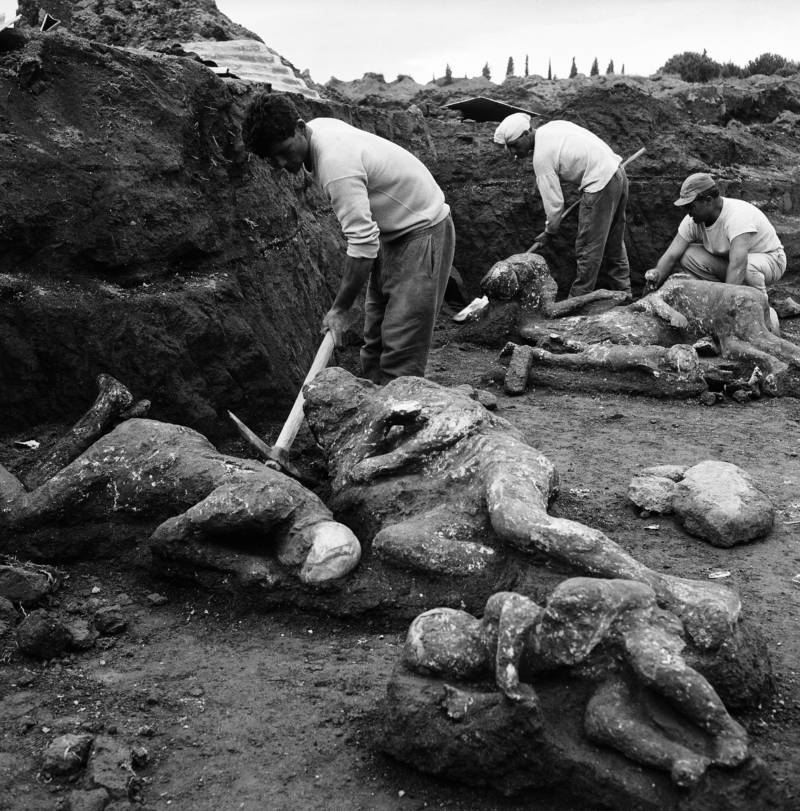
Buildings weren’t the only things preserved by the volcanic ash. This is a photo of archaeologists recovering a mummified family of two adults and three kids on May 1, 1961.

Historians estimate that Pompeii had 20,000 residents when Mt. Vesuvius erupted. Most of the town was able to escape because the mountain started rumbling well before the eruption.
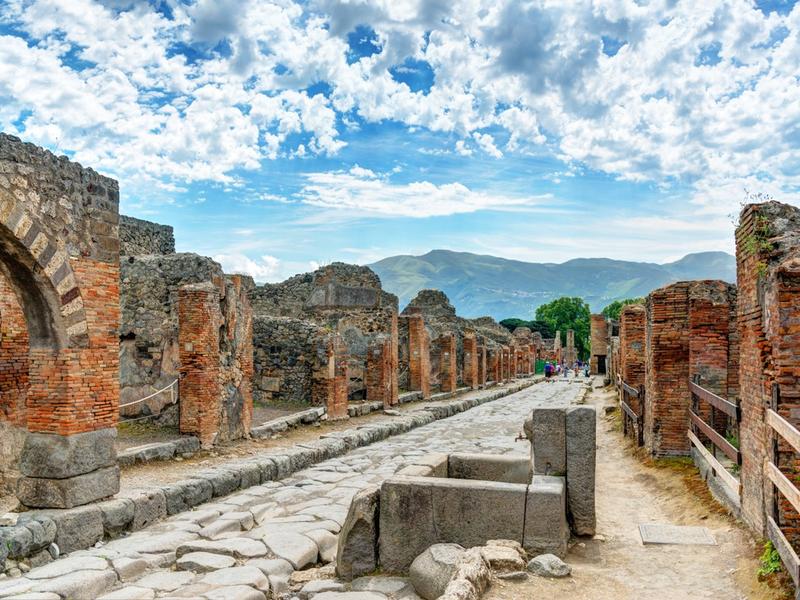
The people who stayed quickly found the air filling with ash, making it difficult to breathe. Some were crushed, but the vast majority died from a “pyroclastic surge.” The volcano launched hot poison gas through the air killing everyone it came in contact with.
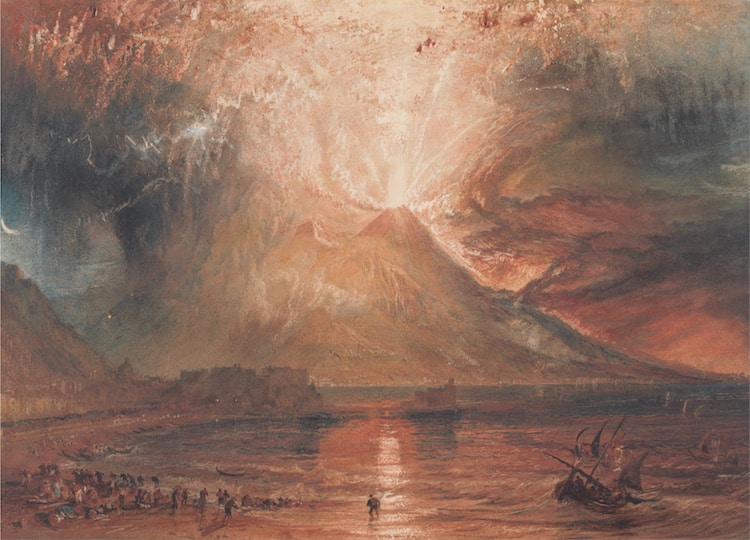
When people returned looking for their homes, possessions, and even loved ones, they found nothing. Pompeii was buried under ash and debris and then completely abandoned.

Though it destroyed the city, it also wholly preserved it for future archaeologists.
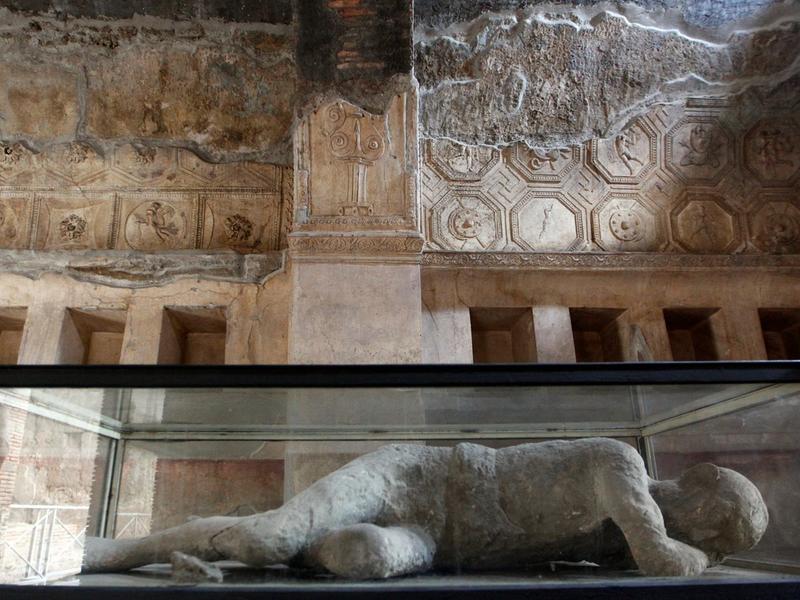
Excavations have been going on for nearly three-hundred years at this point. Archaeologists think they’ve uncovered around 75% of the city. Art and statues survived the eruption mostly intact.
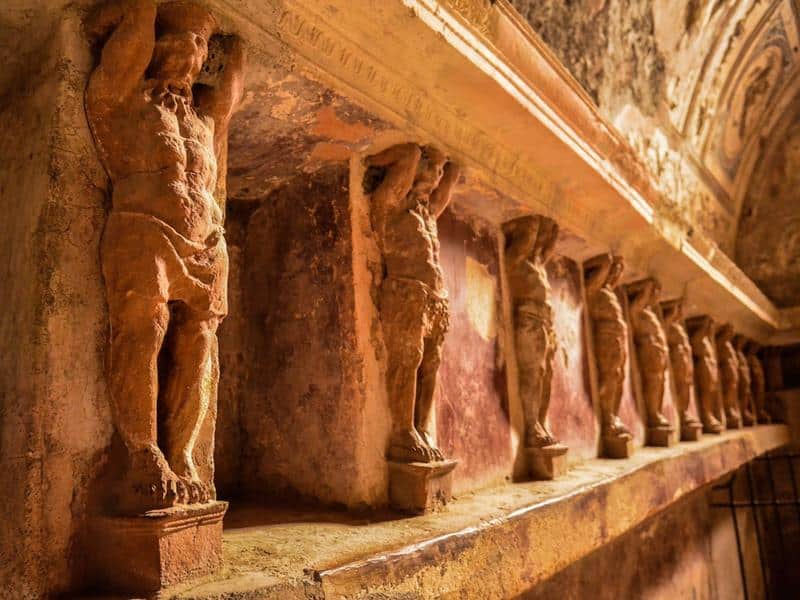
It wasn’t just art and buildings. They found skeletons all over the city, hiding under stairs, holding each other, and crouching in corners.

Archaeologists even uncovered shops and everyday household goods. Recently, they found an intact “salad bar” with amazing murals.

Mt. Vesuvius hasn’t erupted since 1944. It is still extremely active and dangerous, and a new eruption could occur at anytime.
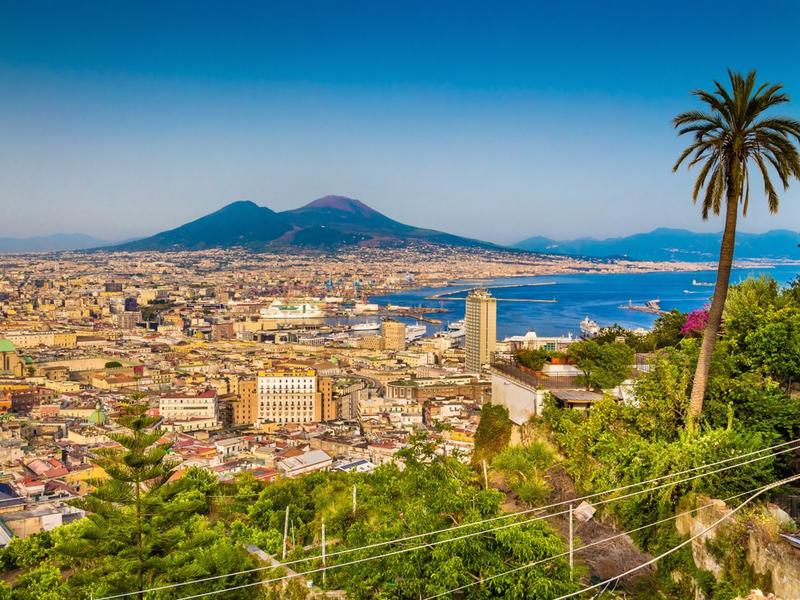
Today, it would be even more disastrous. Three million Italians live within 20 miles of the volcano. A large eruption could kill millions.


Nice job.
Absolutely fascinating. I am looking forward to visiting Pompeii again! It’s truly a wonderful experience.
I have been to Pompeii 3 times but still lots to see and as they are still digging it will be like that for years